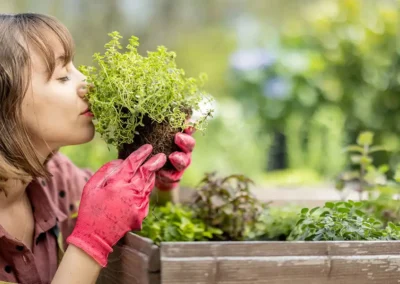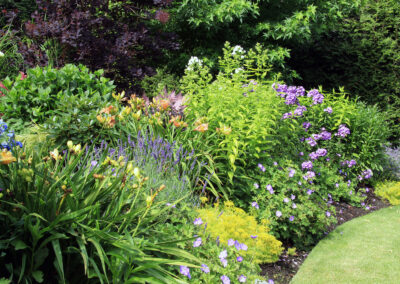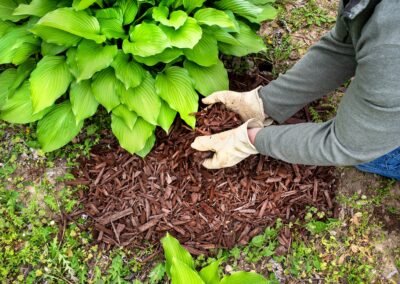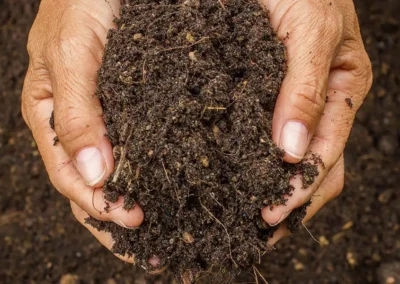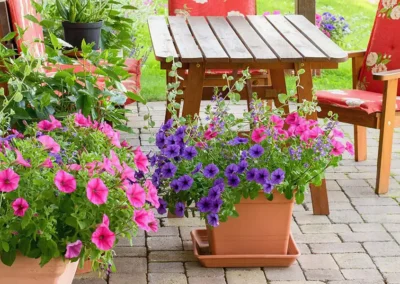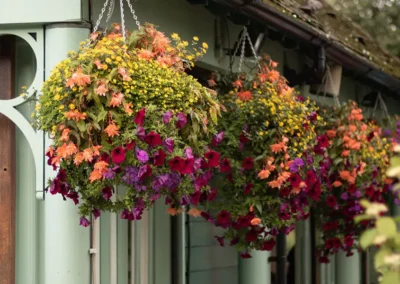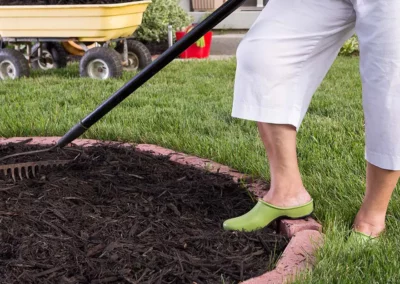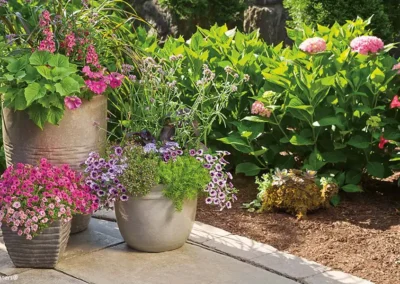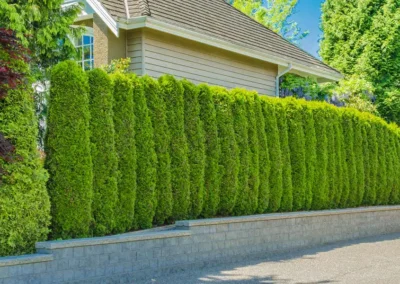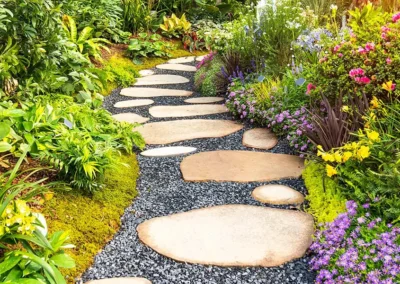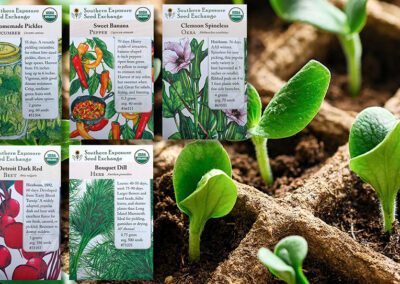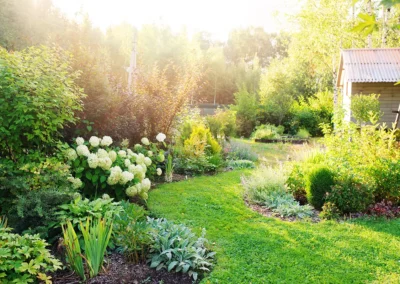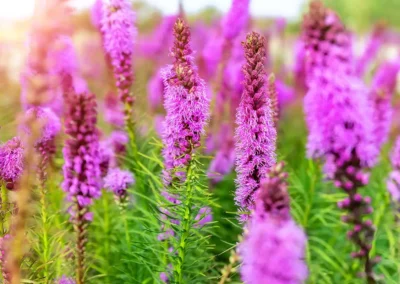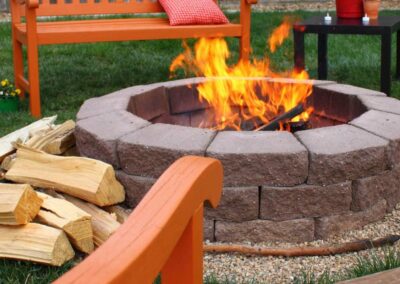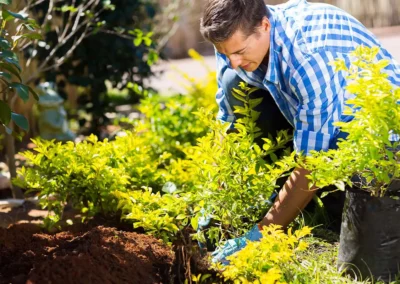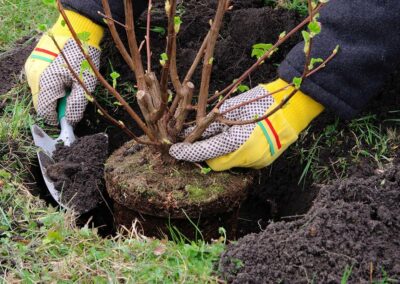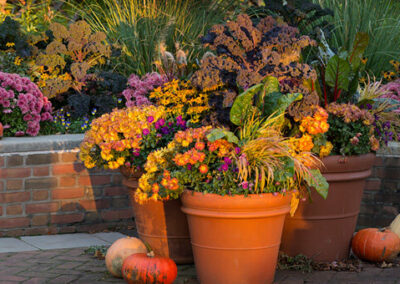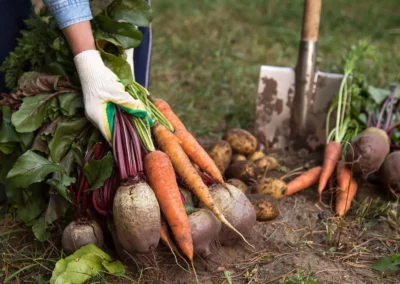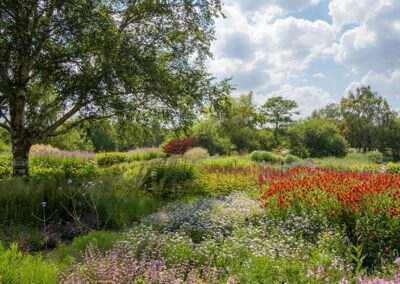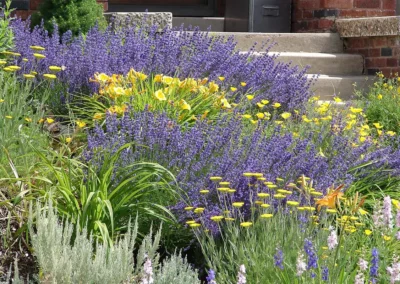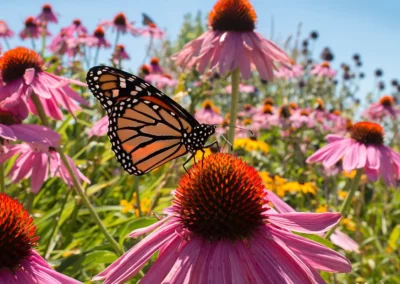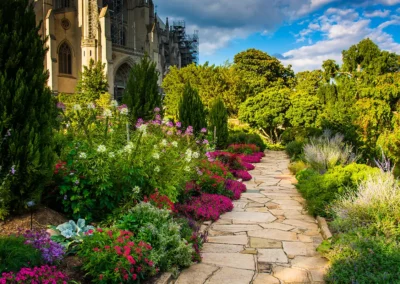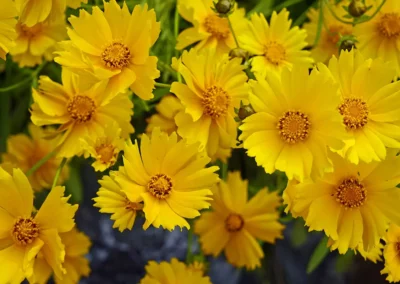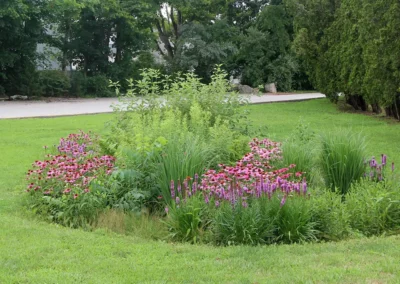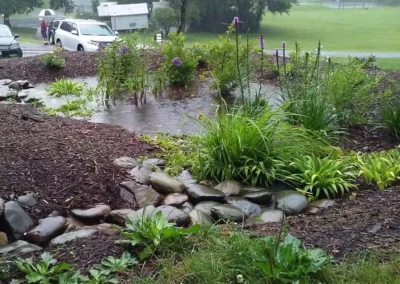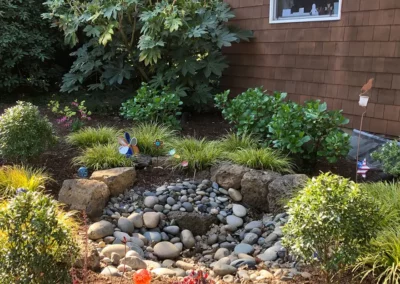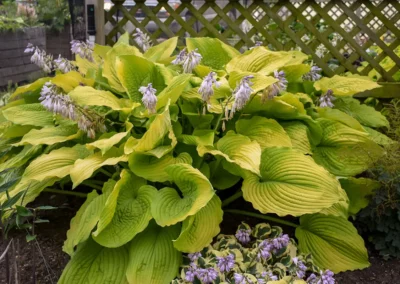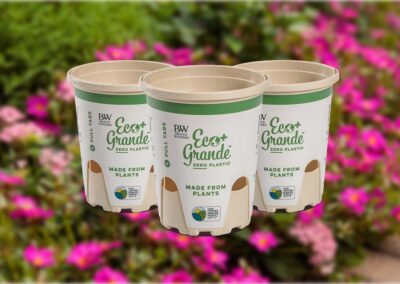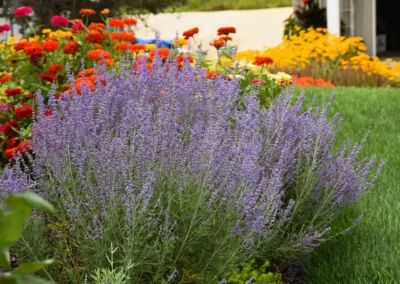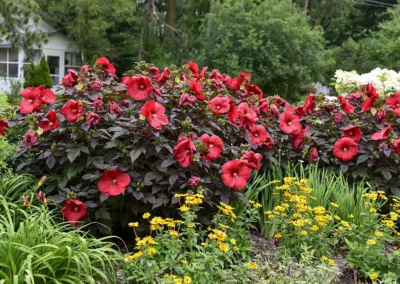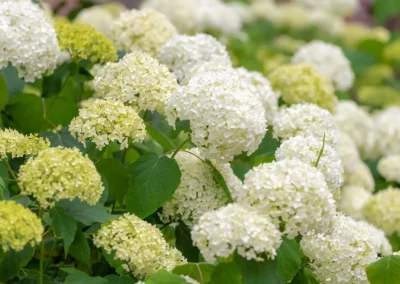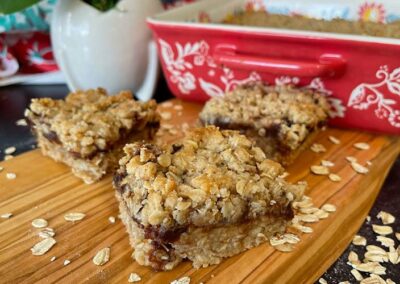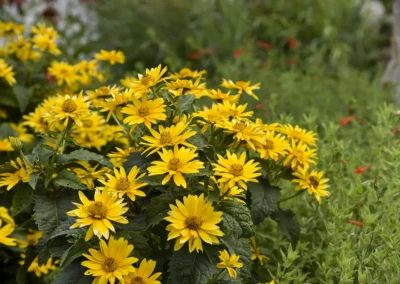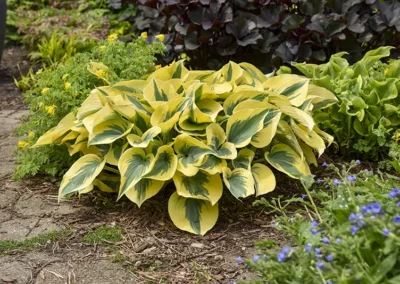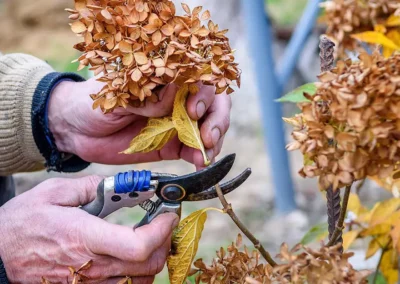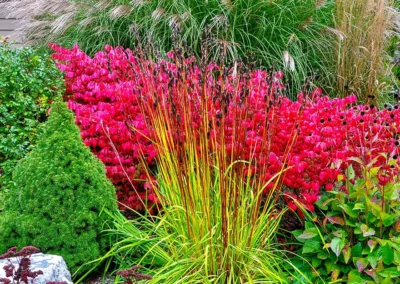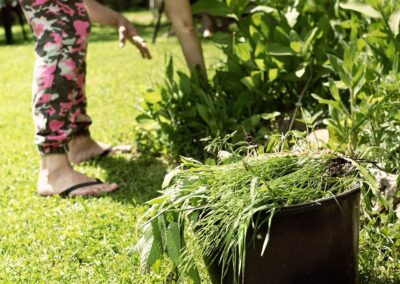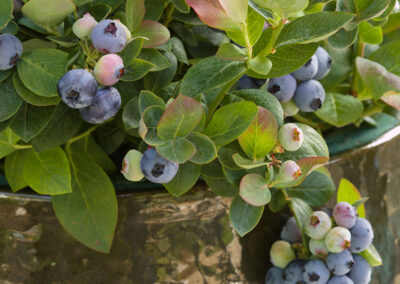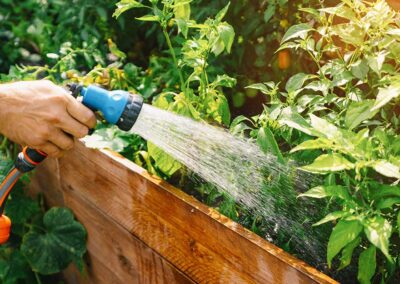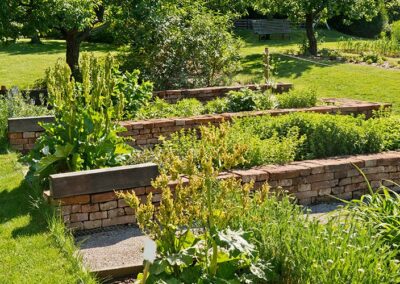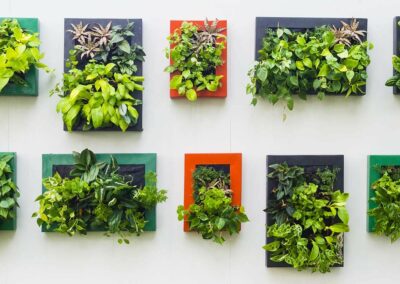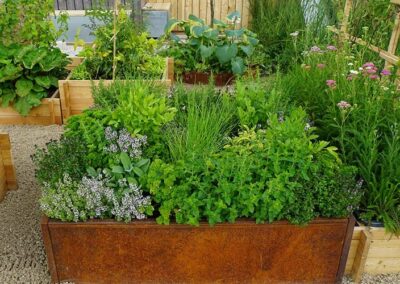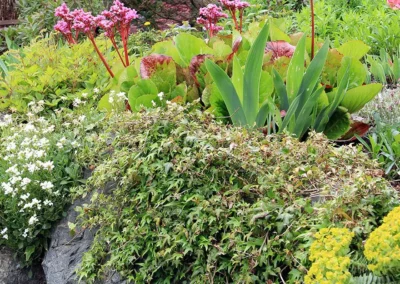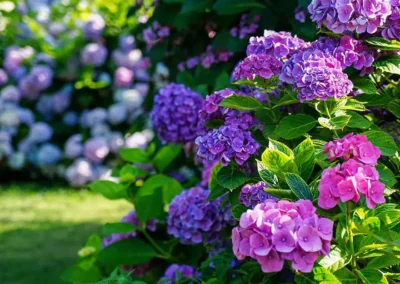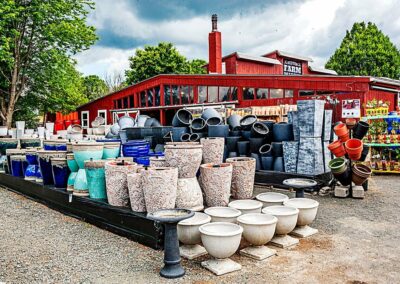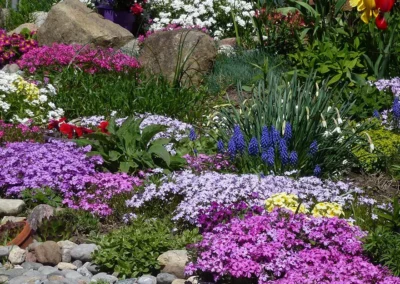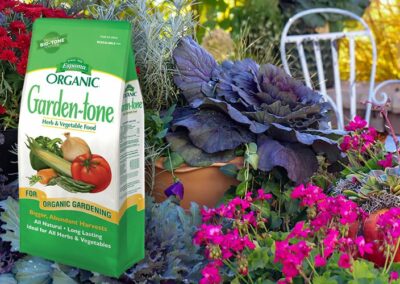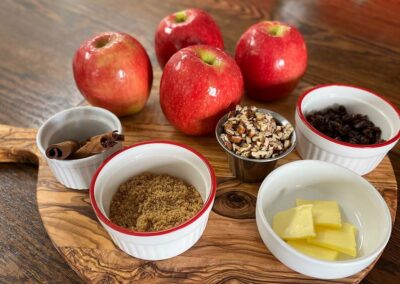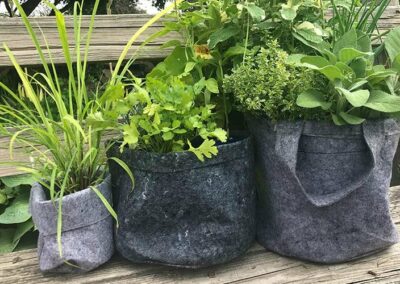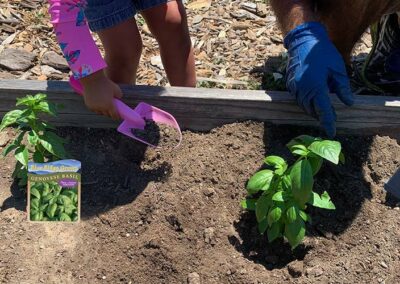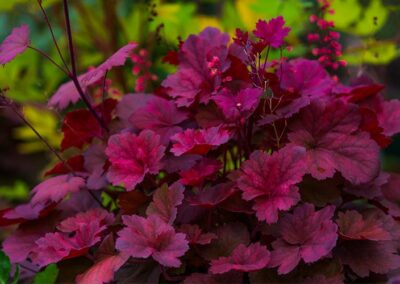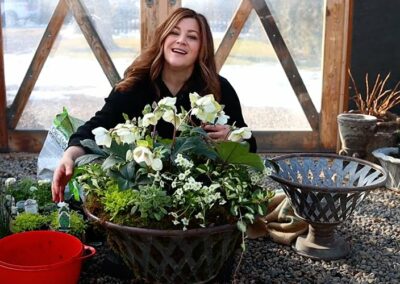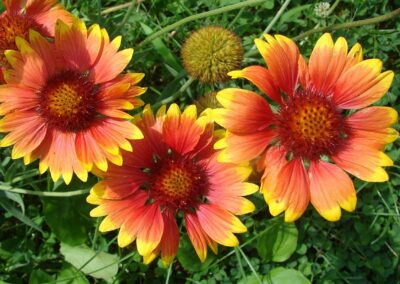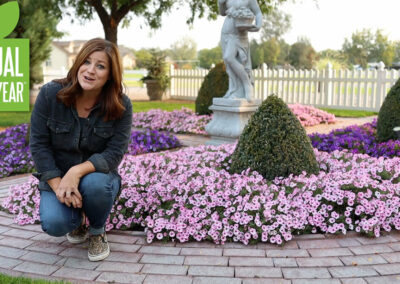If you’re dreaming of a thriving garden, but feel overwhelmed by the idea of digging into hard, rocky soil or wrestling with weeds, raised bed gardening might just be your new best friend. Whether you are planting your very first tomato or finally carving out space for a colorful flower patch, raised beds can make gardening easier, more rewarding, and a lot more fun. Take a look as we walk you through the basics of building and managing raised beds—and why they might be the perfect fit for you.
What is Raised Bed Gardening?
Raised bed gardening simply means growing your plants in soil that sits above the natural ground level, usually contained within a sturdy frame made of wood, metal, stone, or recycled materials. Instead of tilling or amending your native soil, you create a “new” soil environment that you can control—perfect for plants and kinder to your back and knees.
Imagine a beautiful wooden box filled with rich, fluffy soil and bursting with fresh greens, juicy strawberries, or bright marigolds. That’s a raised bed in action!
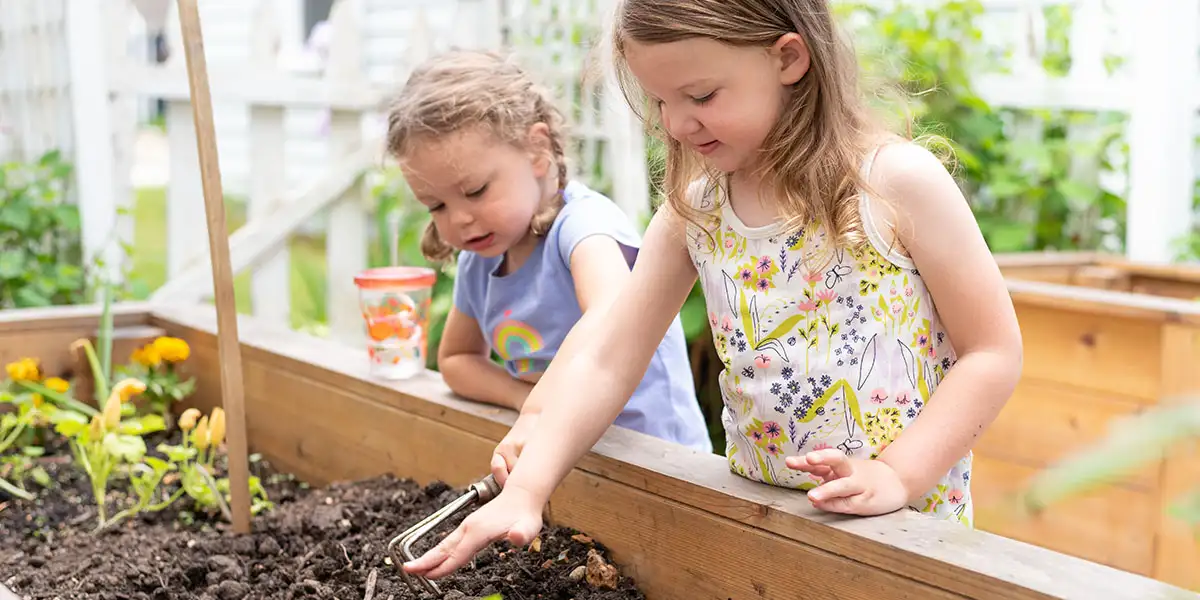
Why Choose Raised Beds?
There are so many reasons gardeners love raised beds:
- Better Soil, Healthier Plants: You control the soil mix, ensuring it’s rich in nutrients, drains well, and is free from pests and diseases lurking in the ground.
- Easier on Your Body: Since the soil is elevated, there is less bending and kneeling involved—great news if you are dealing with back pain or limited mobility. (Or want to avoid any issues!)
- Fewer Weeds and Pests: Raised beds are less prone to weed invasion, and it’s easier to manage pests such as slugs.
- Earlier Start, Longer Season: Soil in raised beds warms up faster in spring and stays productive longer into fall.
- Neat and Beautiful: Raised beds keep gardens looking tidy and organized—perfect for smaller yards or suburban spaces.
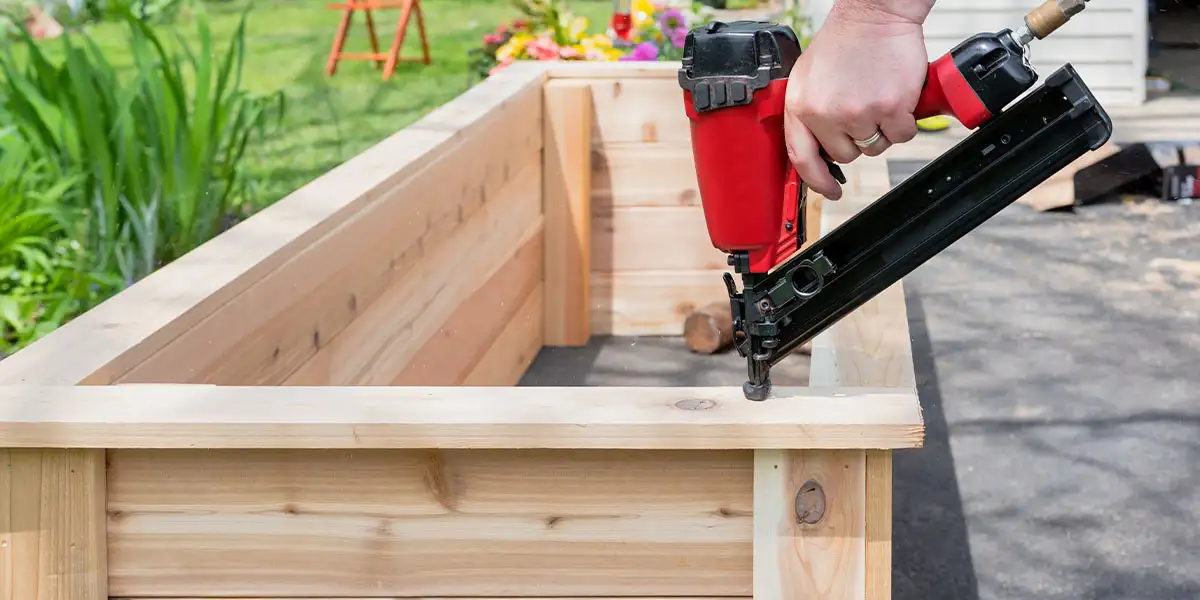
How to Build a Raised Bed
Building your first raised bed is easier than you might think. Here’s a simple guide to get you started.
1. Choose Your Location
Pick a spot that gets at least six hours of sunlight daily. Full sun is ideal for most vegetables and many flowers. Also, make sure it’s near a water source—you will thank yourself later!
2. Decide on Size and Shape
A good starter size is four feet wide by eight feet long and 12 to 18 inches deep. Four feet is wide enough to grow plenty of plants, but narrow enough that you can reach the center from either side. If space is limited, even a 3′ x 3′ or 2′ x 6′ bed can be incredibly productive!
3. Choose Your Materials
- Wood: Cedar and redwood are naturally rot-resistant. Pressure-treated lumber is an option, too, as modern treatments are garden-safe.
- Metal: Galvanized steel beds are durable and give a modern look.
- Stone or Brick: These create a beautiful, permanent structure.
Pro tip: Pre-made raised bed kits make setup even faster if you are not in the mood to build from scratch. Ask us at the Garden Market about these!
4. Build the Frame
Use screws or brackets to secure your frame. Place it directly on the ground (you can remove grass or cover it with cardboard to suppress weeds). If voles or moles are a concern, staple wire mesh to the bottom before filling.
5. Fill with Quality Soil
This is the magic step! Fill your bed with a rich soil blend. A classic recipe is:
- 60% topsoil
- 30% compost
- 10% soilless mix (such as peat moss or coconut coir)
You can also buy high-quality raised bed soil pre-mixed here at the Garden Market. Top it off with a light layer of mulch to keep moisture in and weeds out. (You know what big fans we are of mulch, right?)
Managing Your Raised Beds: Tips for Success
Once your bed is built and filled, you are ready to plant—but there are a few tricks to keeping it thriving through the seasons.
- Plant Smart: Raised beds are ideal for “intensive planting” because the soil is loose and fertile. Group plants close together to maximize yield and shade out weeds. Just be mindful of each plant’s spacing needs.
- Water Wisely: Beds dry out faster than in-ground gardens, especially in the heat of summer. Water deeply—and early in the day—to encourage strong root growth. Installing a simple drip system or soaker hose can save you time and water.
- Feed Your Soil: Healthy soil equals healthy plants! Refresh your bed each year with a top layer of compost or an organic fertilizer. Avoid disturbing the soil too much—gentle layering keeps the natural soil structure intact.
- Rotate Your Crops: Even in a small raised bed, rotating where you plant your veggies each year helps prevent pests and diseases from gaining a foothold.
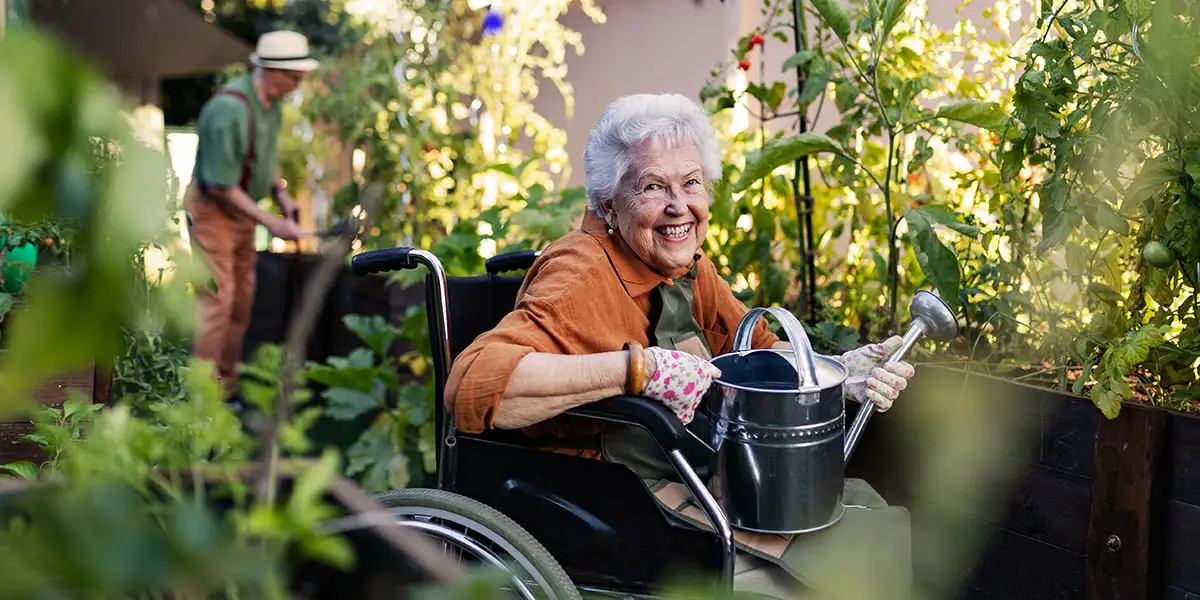
Raised Beds and Your Back: Gardening That Loves You Back
One of the biggest reasons people fall in love with raised bed gardening? Comfort.
If you have ever spent hours hunched over, pulling weeds from hard ground, you know how tough traditional gardening can be on your body. Raised beds bring the garden closer to you, meaning less bending, stooping, or kneeling. Many gardeners even design beds that are “tall,” around 24 to 36 inches high, for even more ergonomic ease.
And because you are not fighting compacted soil or stubborn sod, tasks like planting, weeding, and harvesting are quicker and easier.
It is not just your back that benefits, either. Raised beds can be customized with wide edges for sitting, incorporated into wheelchair-accessible designs, or placed on patios where ground gardening is not possible. Gardening truly becomes accessible to everyone.
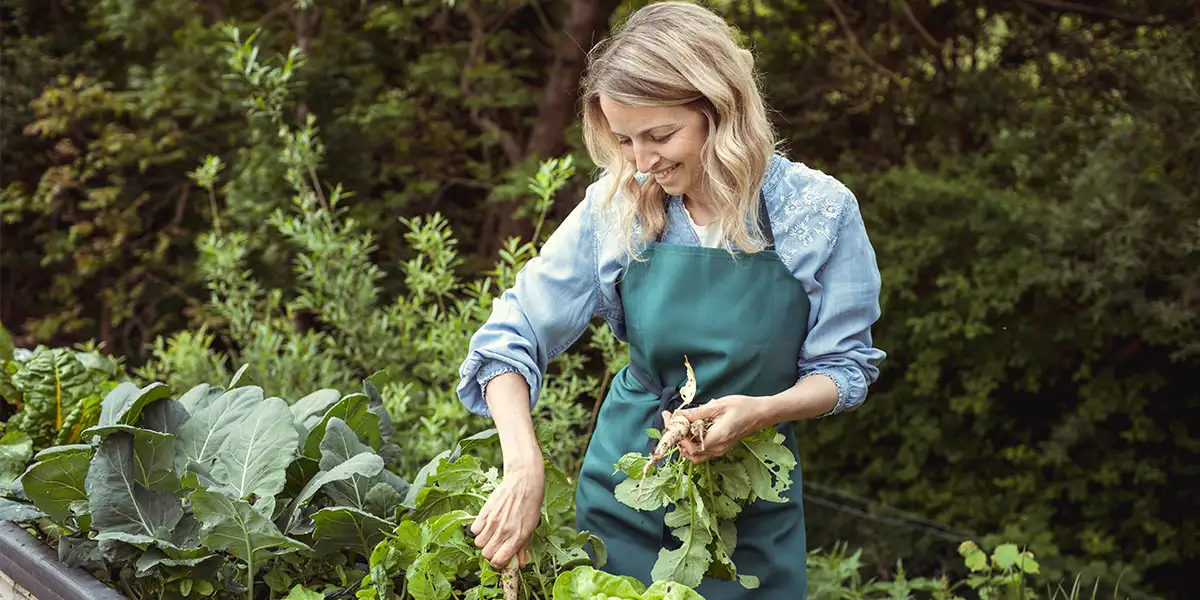
What Can You Grow in a Raised Bed?
The answer is: just about anything! Raised beds are incredibly versatile, especially in zone 7b, where the growing season is long, the winters are mild, and the summers are full of sunshine. Here are a few ideas perfectly suited for our area:
- Vegetables: Tomatoes, lettuce, carrots, peppers, radishes, cucumbers, kale, spinach, green beans, beets, and sweet potatoes all thrive beautifully in raised beds. You can even try cooler-season crops that include broccoli, cabbage, and cauliflower in spring and fall for an extended harvest.
- Herbs: Basil, thyme, rosemary, oregano, parsley, cilantro, mint, sage, and chives grow easily and abundantly. Herbs love the good drainage raised beds provide, and most can be snipped all season long.
- Flowers: Marigolds, zinnias, cosmos, nasturtiums, sunflowers, snapdragons, calendulas, and black-eyed Susans add vibrant color and attract essential pollinators like bees and butterflies. Planting flowers alongside your vegetables also helps with natural pest control!
- Small Fruit Plants: Strawberries are a raised bed classic and produce sweet rewards year after year. Bush-type blueberries and compact blackberry varieties thrive, especially if you ensure acidic soil conditions. (Your Garden Market offers compact varieties from our friends at Bushel and Berry®.) You can even grow dwarf figs, which are ideal for raised beds and containers.
Want a colorful kitchen garden? Mix vegetables, herbs, and flowers together for a beautiful, bountiful raised bed that feeds both you and the local pollinators.
Ready to Start Your Own Raised Bed?
Raised bed gardening is a simple, joyful way to dive into the world of gardening, even if you are a complete beginner. At Reston Farm Garden Market, we have everything you need to get started—from premium soil mixes and healthy plants to tools, seeds, and expert advice.
Come visit us, get inspired, and dig into raised bed gardening—your plants (and your back) will thank you!

